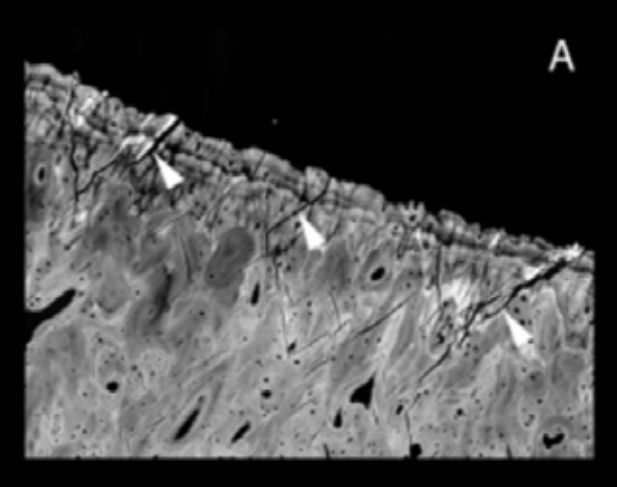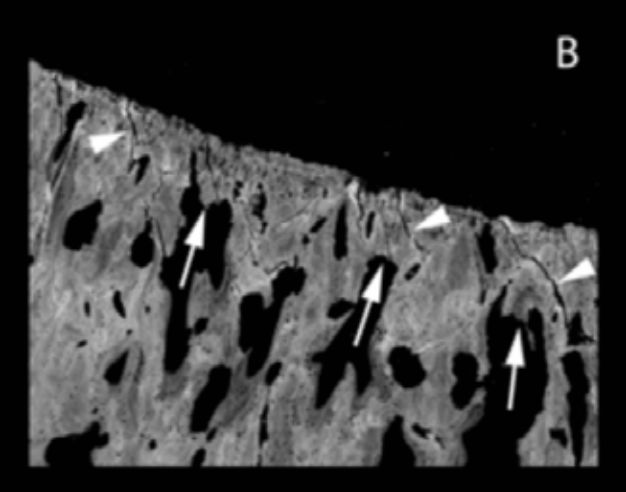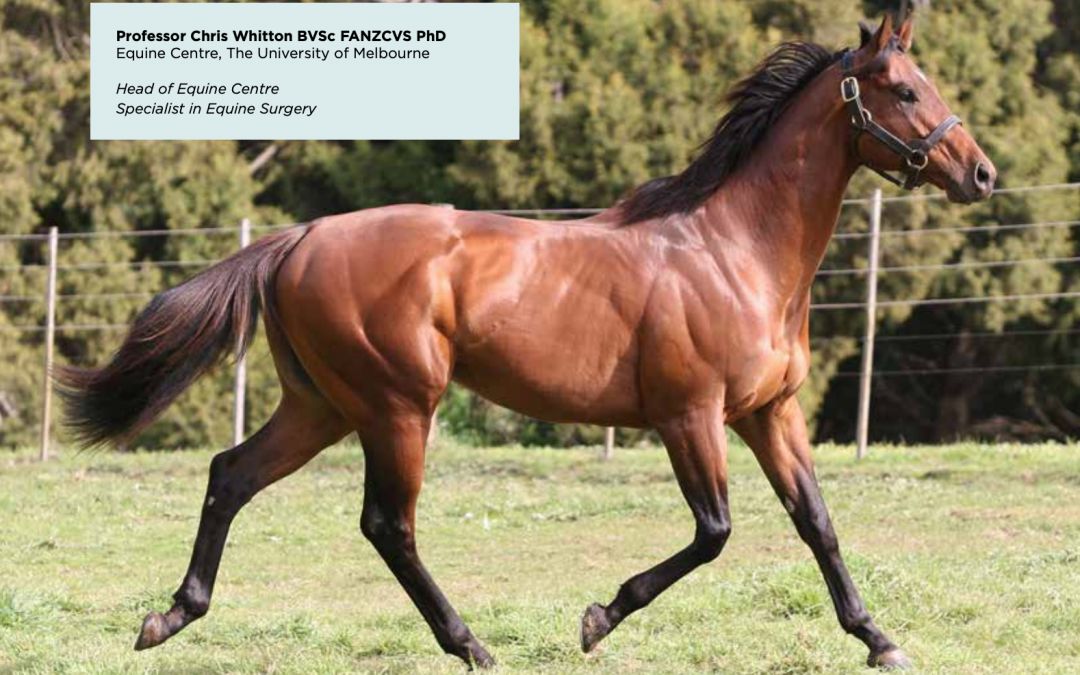Professor Chris Whitton
BVSc FANZCVS PhD Equine Centre
The University of Melbourne
Head of Equine Centre Specialist in Equine Surgery
Trainers and owners know that racehorses need periods of time away from the rigours of racing and race training to stay at their peak and avoid injury. Research from the University of Melbourne Equine Centre has confirmed how important these spells from racing are to maintain bone and joint health. Racehorses subject their bones to extreme loads with every stride each time they gallop. The highest loads occur in the fetlock and carpal (knee) joints and consequently these are the joints that are most commonly injured. Such loads stimulate the bone to adapt, a necessary part of conditioning the skeleton, but they also cause damage to the bone. Ingeniously bone is able to repair if given the opportunity. But our research has shown that when horses are in full work and racing, bone repair is supressed, and this allows bone damage to accumulate. Accumulated bone damage leads to injury such as fractures or joint injury. However during rest periods, the bone repair processes are activated allowing removal of damaged bone and replacement with new bone (Fig 1). This does not need to be complete rest, but high-speed work should be avoided. Periods of rest from training or periods of lower level training are therefore essential to permit bone repair and as a result minimise injury and prolong the career of racehorses.
The obvious question then is how much training is too much and how much rest is needed to maintain bone damage at safe levels. There will be variation between individual horses however, the length of the recommended rest period is directly related to the length and intensity of the racing campaign. And based on the high prevalence of joint injury diagnosed in racehorses it is reasonable to assume that most racehorses are not getting sufficient rest periods to allow adequate bone repair. We recommend that most horses need 8 weeks rest following a 16 to 20 week campaign. Even if this can’t be achieved the good news is that even one extra week of rest in addition to that which a horse normally gets, has substantial benefits. It is important to note that following a period of rest or reduced training intensity, bone needs time to re-adapt to the rigours of regular high-speed work again. Our study has shown that there is potential for bone to lose strength within the first 2-3 weeks of a period of rest or reduced intensity exercise. Examples of reduced intensity exercise include 2-3 weeks light exercise at a water walker or light beach work. This means that, even after a short rest period, training needs to be reintroduced slowly to allow bone to readapt to high speed galloping, even though the horse may appear to have retained a reasonable level of residual fitness. It is acknowledged that increasing the duration of rest periods reduces the time that a horse is racing. However, injuries have the potential to force a horse to be rested or even retired early. A well-managed training regime that allows sufficient rest periods followed by controlled reintroduction to training will lead to fewer injuries and prolong your horse’s career.


Figure 1 Bone from the fetlock of a racehorse in full training (A) and a racehorse resting from training (B). Both horses have fatigue damage seen as cracks in the bone (arrow heads). In the resting horse (B) the damaged bone is being removed (arrows) and replaced with new healthy bone, whereas in the horse in training this is not occurring and further damage will accumulate if the horse is not rested.

